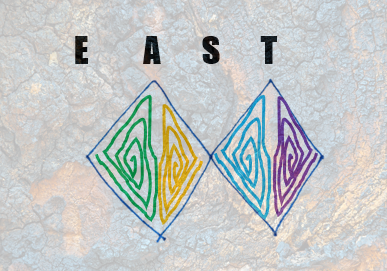Podcast Enterprise: S1E02: The Man Trap
Space, the final frontier. These are the podcasts of the Podcast Enterprise. Its only mission: to explore story structures, to analyze our favorite characters and plotlines, to boldly talk what everyone has seen before
We will analyze all episodes of Star Trek: The Original Series or TOS for short using the following guiding structure:
- Synopsis or summary of the episode
- Story structure
- Character analysis
- Our likes and dislikes
The synopsis:
In this episode, the USS enterprise arrives at a planet called M 1 1 3, and the captain and the doctor beams down there. The planet is in ruins.
It’s a shadow of an ancient civilization that is long vanished and the only two inhabitants there, are a doctor called Dr. Robert Crater, who’s an archeologist and his wife, Nancy Crater. Dr. McCoy has actually been in a relationship with Nancy Crater, so there’s a lot of confusing emotions there for him.
The episode deals with the alien race that was there among the ruins. This alien race had built a civilization and then they disappeared for some strange reason. And there’s nobody left. They think apparently there’s an imposter among them.
And this creature is able to shape, shift and take on various roles. It’s able to take on the role of Nancy. It’s able to take on the role of various crew men and it survives essentially on salt. The doctor, Dr. Robert Crater, he knows this and he is attempting to get people out of there by, being very bad tempered to them, I guess, but it doesn’t work.
That’s the rundown of the episode. And eventually it ends in a bit of a tragedy because this creature is the last of its kind and it has to be destroyed because it is quite uncontrollable.
It is driven by a very powerful hunger. And it doesn’t think beyond the hunger, which makes it very dangerous.
That brings us to the end of this episode. Thank you for listening to the Podcast Enterprise. Please do share your reviews with us and please share this podcast with any of your writing friends or trekkies. Live long and prosper!
Stay tuned in for our next episode! Enjoy!












